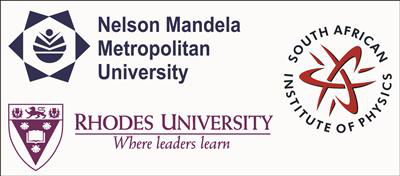Speaker
Level for award<br> (Hons, MSc, <br> PhD, N/A)?
N?A
Abstract content <br> (Max 300 words)<br><a href="http://events.saip.org.za/getFile.py/access?resId=0&materialId=0&confId=34" target="_blank">Formatting &<br>Special chars</a>
Photons can be described in terms of their spatial modes – the “patterns” of light. As there are an infinite number of spatial modes, entanglement in this degree of freedom offers the opportunity to realise high-dimensional quantum states. In this talk I will review the recent progress in quantum entanglement of photons in their spatial degree of freedom. I will explain how to create high-dimensional quantum states in the laboratory, how to measure them, and what the present state of the art is in terms of applications. In particular, I will outline the advantages and disadvantages of using such entangled states as a means to encode information for secure quantum communication channels, and will consider the preservation of entanglement through noisy channels, e.g., a turbulent atmosphere. Finally I will outline some ideas on mimicking quantum entanglement behaviour with classical light.
Would you like to <br> submit a short paper <br> for the Conference <br> Proceedings (Yes / No)?
NO
Please indicate whether<br>this abstract may be<br>published online<br>(Yes / No)
Yes
Apply to be<br> considered for a student <br> award (Yes / No)?
No

